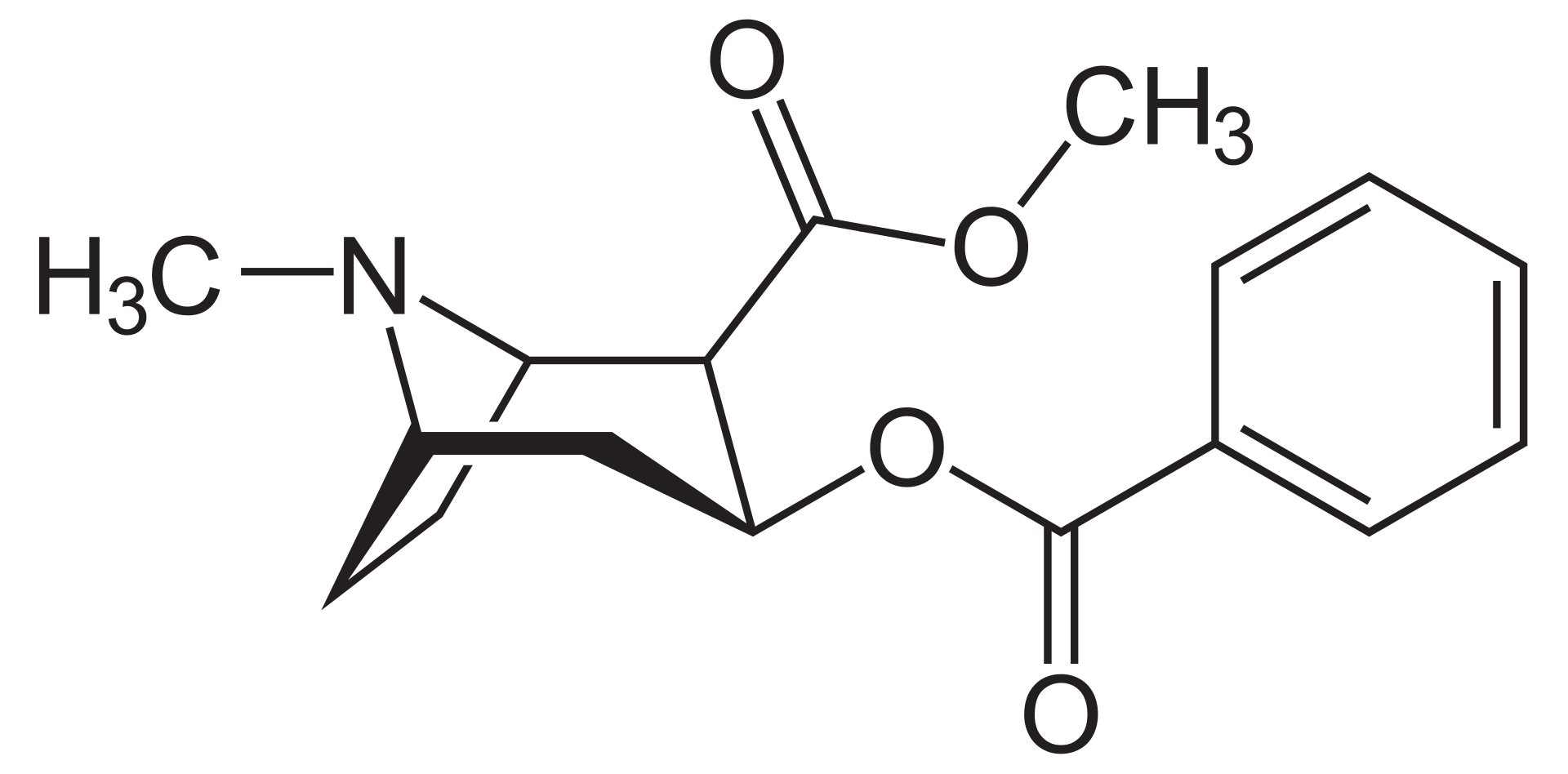Drug Information Library

Alcohol
Alcohol (also called ethyl alcohol or ethanol) is one of the most widely abused substances. Ethyl glucuronide (EtG) and ethyl sulfate (EtS) are minor ethanol metabolites produced by the liver and direct biomarkers of ethanol exposure.

Bath Salts
Synthetic stimulants commonly known as bath salts are designed to produce effects similar to amphetamines, ecstasy and cocaine.

Benzodiazepines
Benzodiazepines are a large group of drugs that act as central nervous system depressants.

Cocaine
Cocaine is a naturally-occurring anesthetic with vaso-constrictive properties and is a potent central nervous system stimulant.

Ecstasy (MDMA, MDEA AND MDA)
Ecstasy is a group of drugs typically consisting of MDMA, MDEA and MDA that are all psychotropic derivatives of the amphetamines drug class.

Fentanyl
Fentanyl is a synthetic opioid analgesic developed in the 1960s. Fentanyl acts on the μ-opioid receptor, similar to morphine, but is approximately 80–100 times more potent than morphine and 40–50 times more potent than heroin.

Kratom
Kratom (mitragyna speciosa) is a tree indigenous to Thailand and other Southeast Asian countries. The tree belongs to the same botanical family as the coffee tree.

Medetomidine
Medetomidine is the latest CNS depressant to appear as an adulterant alongside fentanyl in the recreational drug supply.

Methadone
Methadone was first synthesized as a morphine substitute in Germany during World War II and was made clinically available in the United States in 1947.

Methamphetamine & Amphetamine
Methamphetamine and amphetamine belong to a group of structurally related drugs called sympathomimetic amines (SMAs) that are central nervous system stimulants.

Opiates
The term “opiates” refers to codeine and morphine, which occur naturally, and to the semisynthetic compounds hydrocodone, hydromorphone, oxycodone, oxymorphone and heroin, which are derived from codeine and morphine.

Six Facts About Testing for Ethyl Glucuronide (EtG)
Alcohol is one of the most widely abused substances but also one of the most difficult to monitor. Fortunately, two sensitive and specific biomarkers facilitate monitoring alcohol use. Ethyl glucuronide (EtG) and ethyl sulfate (EtS) are minor ethanol metabolites produced by the liver.

Sources of False Positive Results
Understanding which cross-reactive drugs can cause false positives in urine screening is crucial to provide proper treatment.

THC, CBD and Alternative Cannabinoids
Tetrahydrocannabinol and cannabidiol are the two most common of more than 100 known cannabinoids found in the Cannabis sativa plant.

Xylazine
Xylazine is an FDA-approved veterinary tranquilizer and is not approved for human use. It has entered the U.S. illicit drug supply as an adulterant.
The information provided is for educational purposes only and is not intended to be used as medical or legal advice. Detection times are approximate and may be influenced by a number of factors, including BMI, duration of drug use, dosage and interindividual metabolic differences. For specific drug testing result interpretation questions, please contact us.
